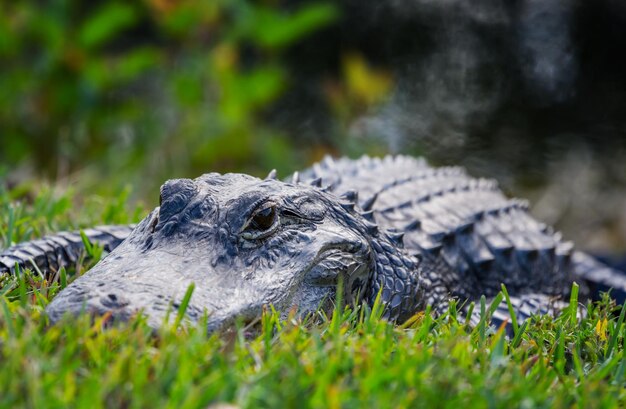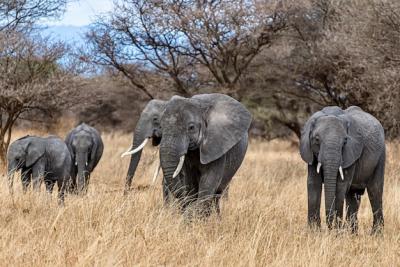Alligator Free Stock Photo – Download for Free
Explore the World of Alligators
Alligators are fascinating creatures that have existed for millions of years. With their powerful jaws and tough skin, they hold a unique place in the ecosystem. This long description provides an in-depth look at these incredible reptiles and their natural habitat.
Physical Characteristics of Alligators
Alligators are often recognized by their distinctive features:
- Size: Adult alligators typically range from 8 to 15 feet in length.
- Color: They are usually dark green or gray, which helps them blend into their swampy surroundings.
- Eyes and Nostrils: Positioned on the top of their heads, these features allow alligators to see and breathe while mostly submerged.
- Teeth: Alligators have powerful jaws with 80 teeth that help them catch and hold onto prey.
Where Do Alligators Live?
Alligators are primarily found in the southeastern United States. Their natural habitat includes:
- Swamps
- Rivers
- Lakes
- Marshes
These areas provide the necessary conditions for alligators to thrive, including warm temperatures and plentiful food sources.
Diet and Hunting
Alligators are carnivorous and have a varied diet. They typically eat:
- Fish
- Birds
- Mammals
- Invertebrates
Using their powerful sense of sight and agile movements, alligators are effective hunters, often waiting patiently for prey to come close.
Importance in Ecosystem
Alligators play a vital role in their ecosystems. They help regulate fish and bird populations by being top predators. Additionally, their nesting activities create wetlands that are crucial habitats for many other species.
Conservation Efforts
Due to habitat loss and illegal hunting, alligator populations suffered in the past. However, conservation efforts have helped their numbers recover. Many organizations work to protect their habitats and educate the public about these unique reptiles.
Whether you are fascinated by their hunting skills or impressed by their ancient lineage, alligators continue to be important subjects of study and conservation. By understanding these magnificent creatures, we can work towards ensuring their survival for future generations.












